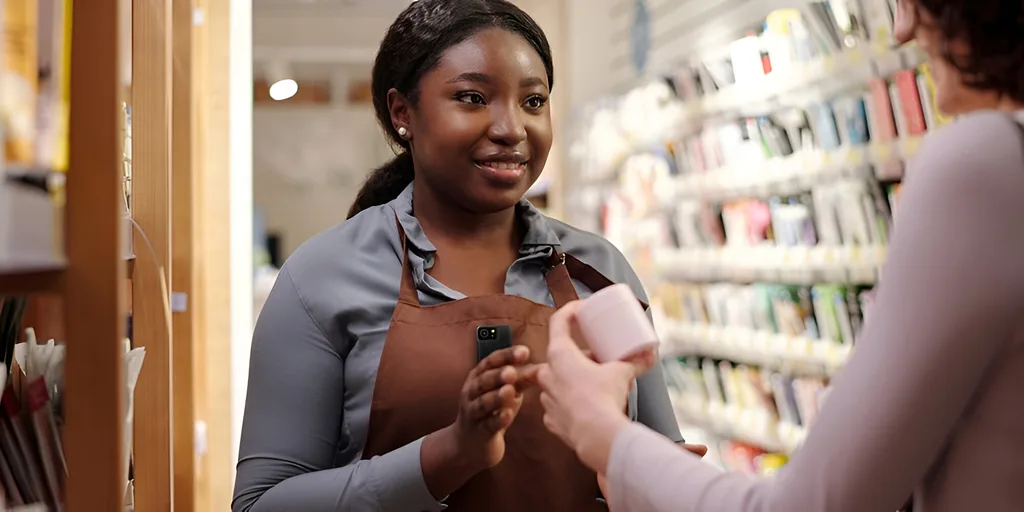Body-worn cameras are altering public behaviour
BODY-WORN cameras are no longer just a tool for police officers. Across the UK, they’ve become a quiet staple of frontline environments, from high street stores to stadiums, trains and hotel lobbies. And new research shows the public is not only on board, but actively supportive.

A nationwide study by body-worn camera company, HALOS, has found that two-thirds (68%) of the public believe the primary reason businesses should use body-worn cameras is to protect staff from abuse. The majority (60%) believe the cameras help deter antisocial behaviour in busy public settings like supermarkets or train stations, while a further 68% believe they reduce theft and other criminal activity. In a sign of shifting attitudes, almost a third (31%) also value their role in capturing evidence during disputes.
These figures reflect a cultural reset around public safety – one where surveillance tools, once seen as intrusive, are now viewed as essential. In the UK, the cameras are increasingly understood not as a threat, but as a protective presence – a practical response to growing concerns around frontline aggression.
The impact is behavioural, too. More than half of UK consumers (55%) say body-worn cameras make them feel safer, while 44% admit the presence of one would make them reconsider how they act. And while the technology is becoming more common across public spaces, it isn’t always front of mind. Just over a third of people (38%) say they’ve never noticed a body-worn camera in action – suggesting that for many, the cameras are doing their job quietly, without disrupting the atmosphere. Whilst only 21% say they feel uncomfortable when they do spot one.
This low visibility may be precisely what makes them so effective. Discreet by design, body-worn cameras are increasingly embedded into the everyday fabric of frontline environments, offering protection without disrupting the atmosphere. From retail and hospitality to transport and live events, the technology is operating beneath the surface, shaping behaviour and diffusing tension without calling attention to itself.
Matthew Dawes, head of enterprise solutions at HALOS, said the findings point to a growing maturity in how the UK public views safety technology. “A few years ago, the presence of a body-worn camera might have felt unusual or even confrontational,” he said. “Today, they’re a quiet reassurance to both the wearer and the everyday person. They’re a sign that staff and consumers are protected, and that there’s a line between order and chaos that doesn’t need to be loudly enforced.”
With retail footfall climbing and a season of busy events ahead, Dawes also notes that the pressure on frontline workers is only set to grow. “People expect safe, respectful environments as a standard, and the data shows they’re comfortable with technology playing a role in that. Cameras don’t have to be obvious to be effective. They just have to be there when it counts.”
As public expectations evolve, so too is the role of body-worn cameras. Once seen as a reactive measure, they are now part of the everyday toolkit for prevention, reassurance, and accountability, even when they’re hiding in plain sight.
To find out more, visit: https://halosbodycams.com/infographic-body-worn-camera-survey
HSM publishes a weekly eNewsletter, delivering a carefully chosen selection of the latest stories straight to your inbox.
Subscribe here





